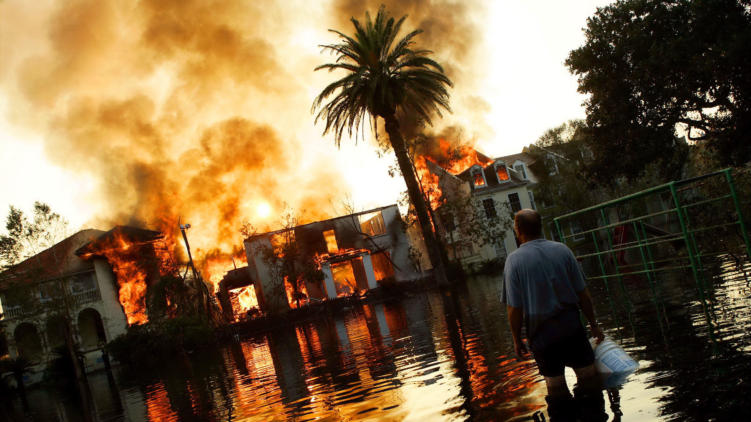Are Fourteen years enough to heal a city? That’s the question most residents of New Orleans Asked themselves this morning.

August 29th, 2005 will forever be remembered as the day New Orleans was almost swept away. As the category five hurricane Katrina bore down on the city, most were optimistic as the storm shifted east. But on the morning of August 30th, all was almost lost. The city suffered over 20 breaks in its levee system, inundating the city with water almost immediately.

It was estimated that 80 percent of New Orleans was flooded as levees began to break, leaving many people who stayed behind stranded on their roofs. Flooding in many areas was as deep as 10-15 feet.


It was one of, if not the most catastrophic weather event in the country’s history. Over 1,500 people lost their lives in Louisiana alone. Katrina still ranks as the most expensive hurricane in history, costing well over 95 Billion dollars. Looting, rioting, madness, and overall death plagued the city for weeks after the hurricane hit.
But how did it happen? How could something like this happen to one of the country’s move traveled cities? Of course, the city is known for being under sea level, but how could the levees, the objects created by our government, fail so badly? A combination of poor construction, old systems, and just terrible luck went into the collapse of New Orleans on August 29th, 2005.
It’s almost impossible to explain the exact details of how this happened. Luckily thanks to 21st-century technology and the amazing skills of the New Orleans Advocate writer Dan Swenson we don’t have too. Dan created an animated, interactive graphic of Katrina’s flooding. The most accruate representation of what happened on that crazy day. I’ll let is speak in my place, give it a go below, and see for yourself.
Katrina-Interactive-Timeline
null
To see it all summarized on a cool graphic on our computer screen is hard, it’s even harder to think how this could have been stopped. But as we sit here some 14 years later, we can only reflect, and think about how far we have come since then. Our shining city, standing brighter than ever, ready to take in another rambunctious 300 years, just as it did for the first 300. Thank you, New Orleans.







0 comments on “Remembering Katrina: The Anatomy of A Storm and How New Orleans Flooded”